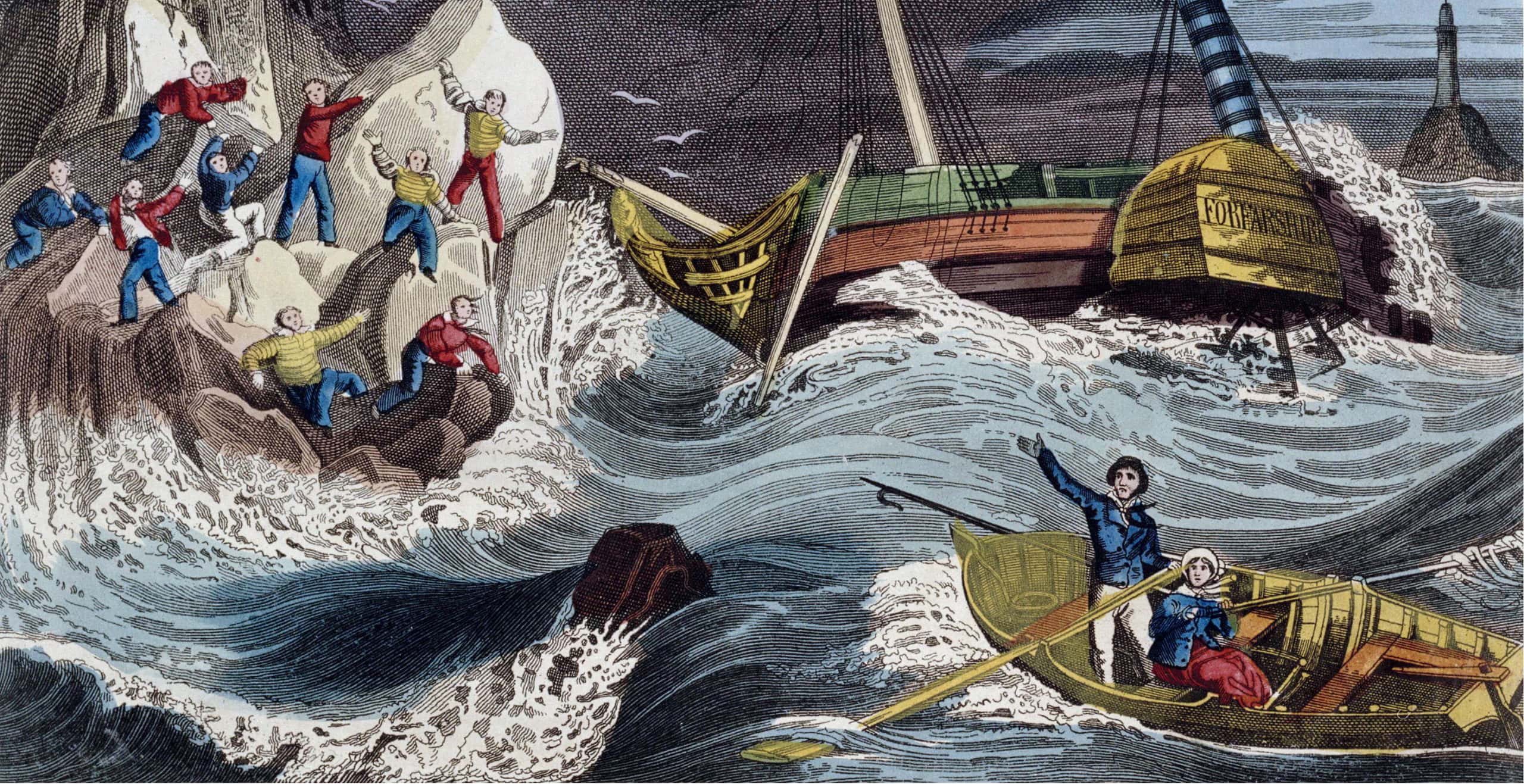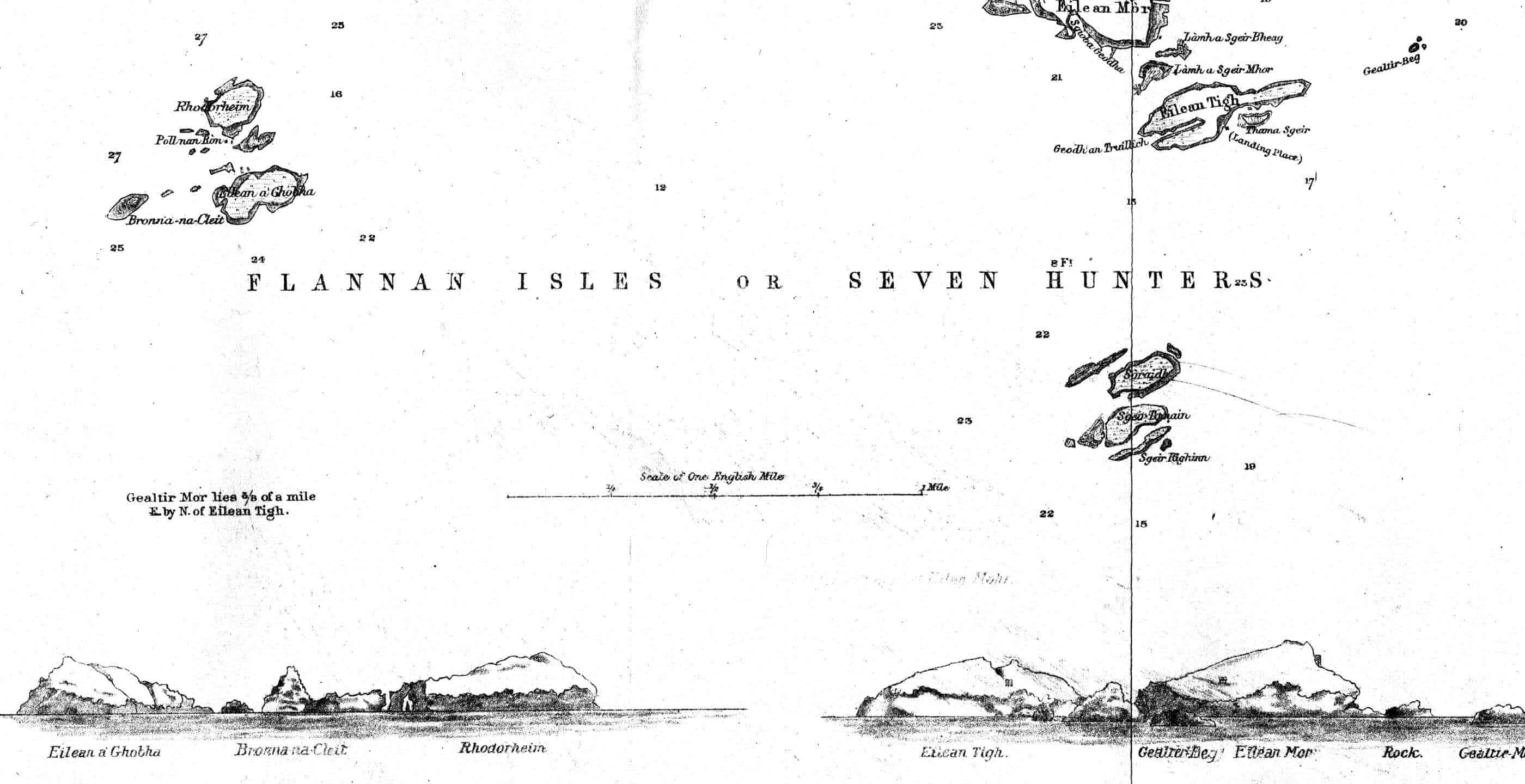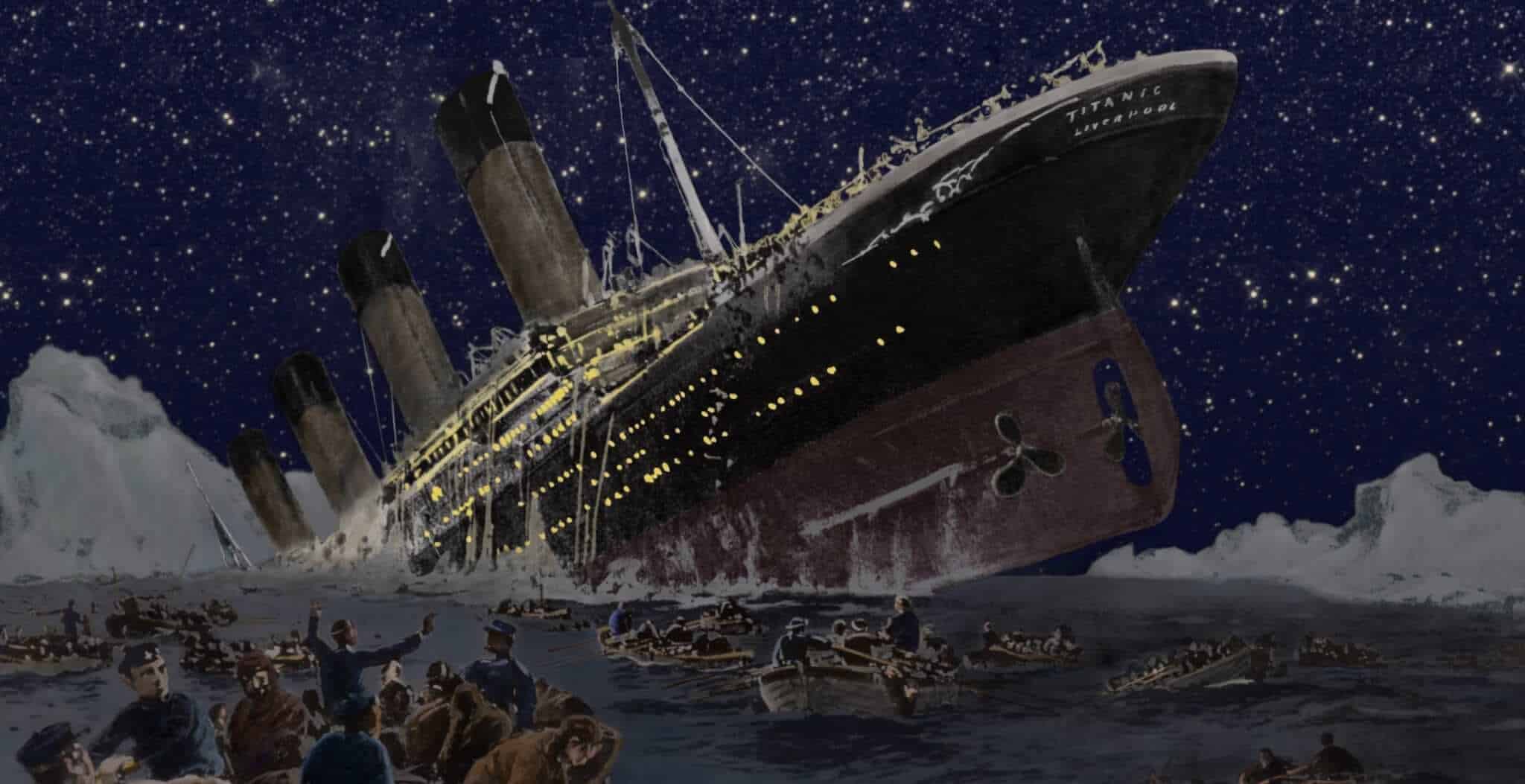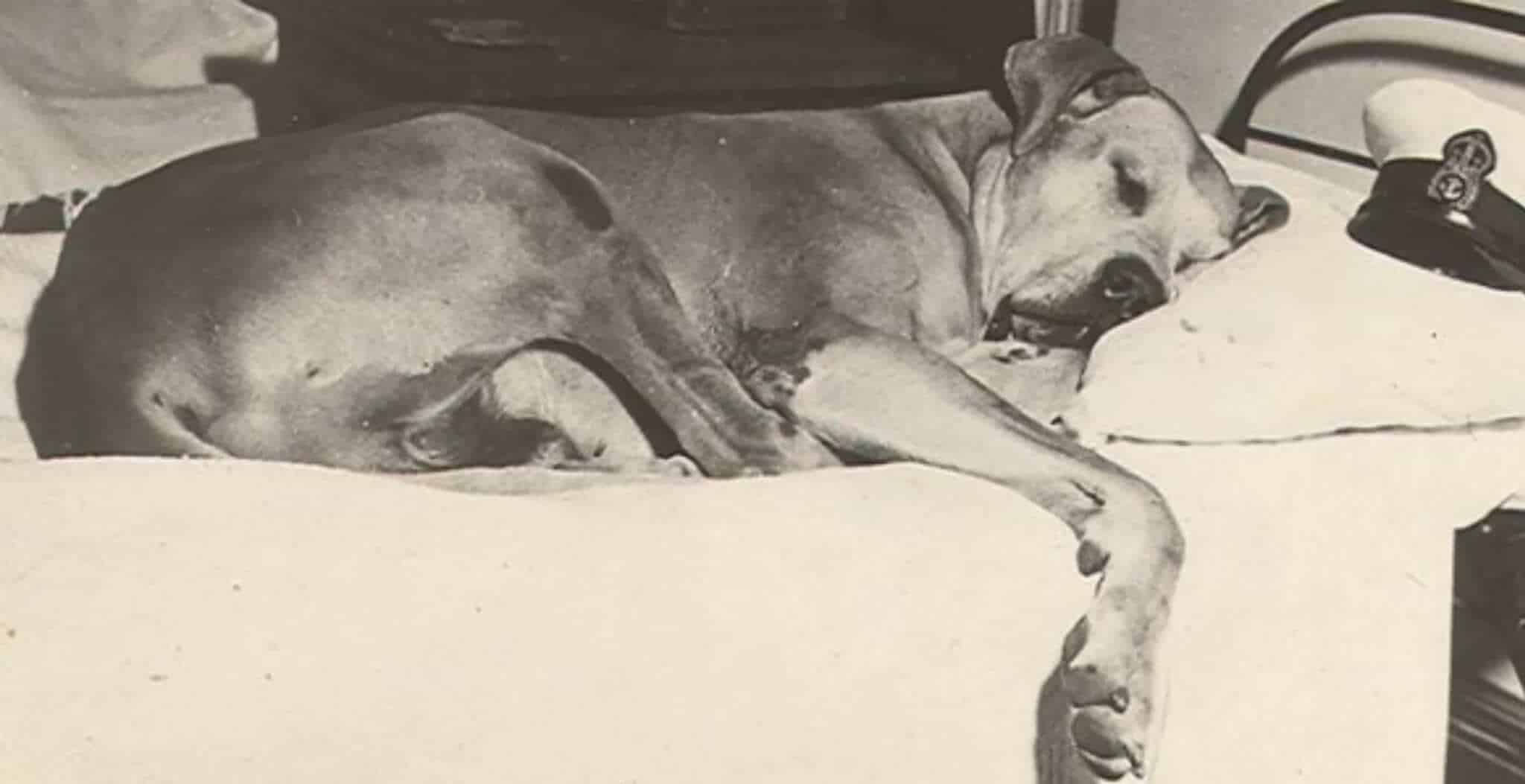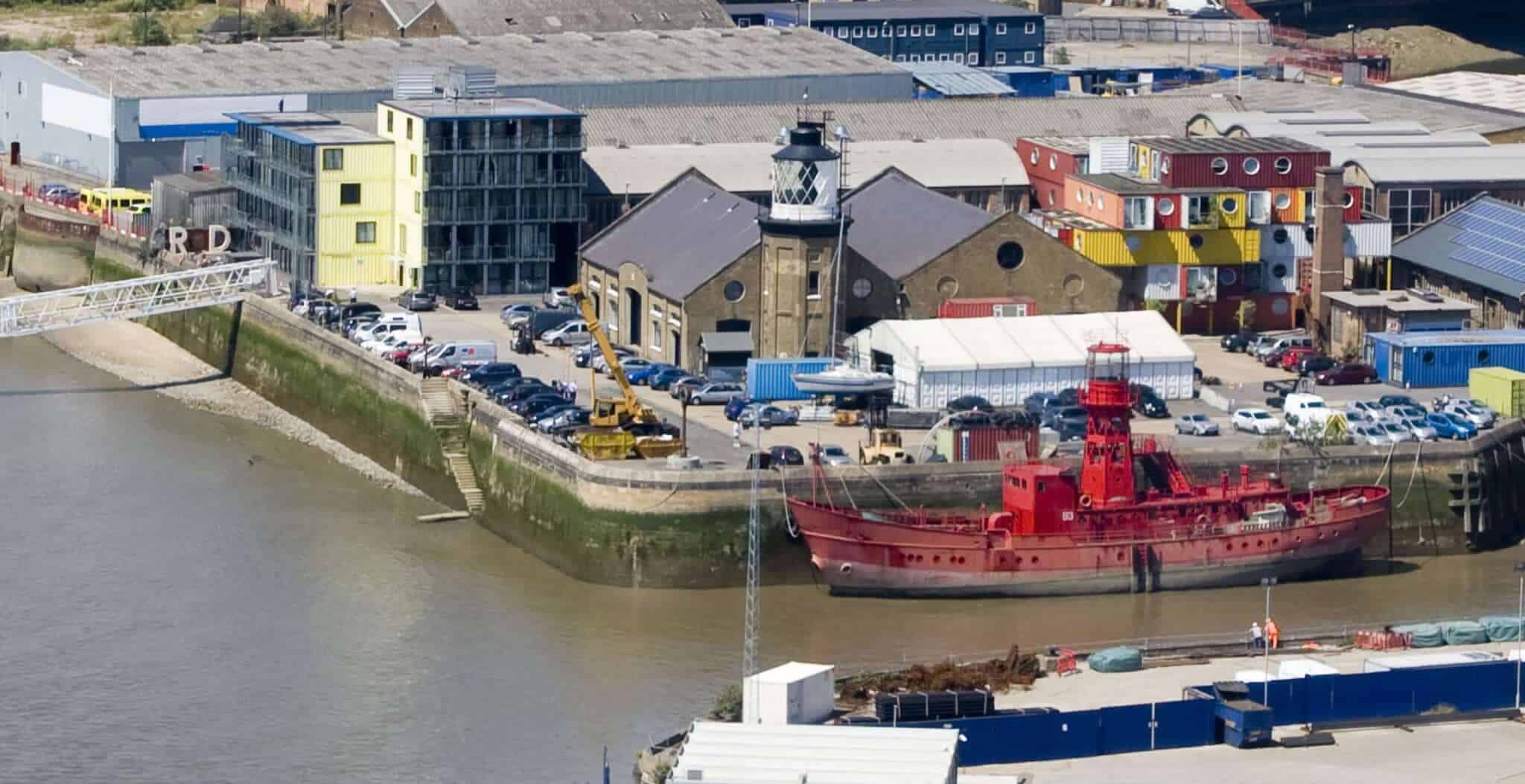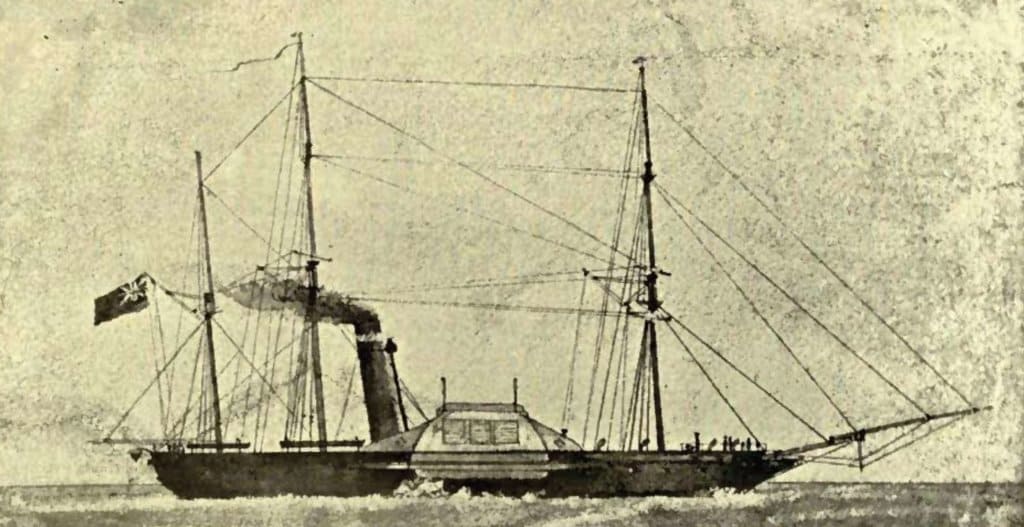In 1838 an extraordinary young woman, the daughter of a lighthouse keeper, helped to save nine people after the fatal crash of a steamship which sank off the coast of the Farne Islands.
A heroine in every meaning of the word, her actions on that dark and stormy September night showed enormous bravery and earned her new found status and popularity.
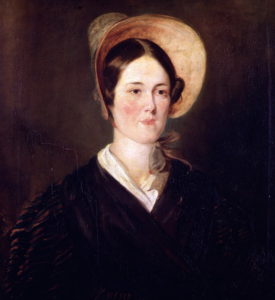
Born in her grandfather’s house in Northumberland in November 1815, Grace Darling was part of a large family, the seventh of nine children. Her early life was centred around her father’s work at the lighthouse, the first of which was based on Brownsman Island. Unfortunately, this lighthouse was not situated in a particularly favourable location and the family moved in 1826 to Longstone Island where the lighthouse provided accommodation for the Darling family.
The lifestyle was tough and required hard work and the involvement of all the family. Living conditions were basic with one large family room where the stove was located and three bedrooms upstairs. Moreover, with such a rugged location, her father William would be forced to return to the original island of Brownsman in order to gather food and feed the animals at their previous cottage.
Grace Darling meanwhile would spend her time studying as well as completing any chores which would assist her father in the maintenance of the lighthouse. She was a shy character but also very dutiful and eager to learn, resulting in her joining her father in the boat and taking turns to watch from the top of the lighthouse. Such skills would prove incredibly useful when both she and her father would be called out to help with a difficult rescue mission in order to look for shipwrecked survivors.
 Longstone Lighthouse. Licensed under the Creative Commons Attribution-Share Alike 3.0 Unported license. Attribution: Mick Knapton
Longstone Lighthouse. Licensed under the Creative Commons Attribution-Share Alike 3.0 Unported license. Attribution: Mick Knapton
The story of the sinking of the SS Forfarshire began on the night of 5th September 1838 when the ship set sail on its journey from Hull to Dundee carrying with it around 60 passengers and crew. Sadly, that night the boiler began to leak and despite the best efforts of the crew, the boiler could not be repaired and twenty four hours later, the boiler completely stopped working, forcing the ship to turn off its engines.
This disastrous breakdown forced the ship, led by Captain Humble, to drift in what would soon become completely inhospitable conditions with a storm brewing on the horizon.

Sensing that the ship was in trouble, the crew began to turn the ship around hoping to seek shelter near the Farne Islands. Forced to navigate in treacherous conditions and with only a makeshift sail used to battle against the increasingly gale-force winds, navigation was deadly.
Sadly, as the ship’s crew continued to fight a losing battle against the elements, their fears were allayed when they caught sight of a light, believing that they had reached the Inner Farne lighthouse and so the crew put all their efforts into steering the ship towards the light.
Unfortunately, this beam of light was not the lighthouse they believed it to be, instead they were drifting closer and closer to Longstone Lighthouse which was surrounded by dangerous rocks.
In the early hours of the morning disaster struck as the ship crashed into rocks at Big Harcar, about a mile from the lighthouse.
Time was not on their side and tragically the ship broke in two leaving the passengers stranded in their cabins and unable to reach the rescue boats. With one half of the ship remaining embedded on the rocks, the other half got carried out to sea taking with it forty-eight lives.
Meanwhile, Grace Darling was looking out of her window in the early hours of the morning and happened upon the sight of wreckage from some distance. She immediately went to the telescope to see if there were signs of life, however it was not until a few hours later that there was enough light to see the poor stranded souls on the rocks.
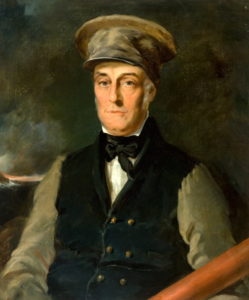
Seeing that there was an opportunity to rescue survivors, Grace Darling and her father William rowed out the mile distance in their boat in order to reach the victims.
Still battling extreme weather conditions they rowed against the elements until they could make out movement on Big Harcar.
Her father initially climbed on to the rocks, managing to assess the damage and see the severity of the injuries sustained by the survivors. Meanwhile, Grace had the perilous task of maintaining control of the boat in the wind and rain, forcing her to row back and forth to avoid crashing the boat.
Realising that they would not manage to get everyone on board at once, they were forced to make two trips. The first trip took half the people back to safety; an injured man, crewmen and a woman called Sarah Dawson who had sadly lost her two children, James and Matilda in the disaster.
Grace and her father rescued these people, placing them on the boat and steering them back to the lighthouse, rowing for another mile before arriving on dry land.
Once at Longstone, Grace remained to help treat the survivors whilst her father and the crew members bravely set off in the rowing boat to retrieve the remainder of the people sheltering on the rocks.
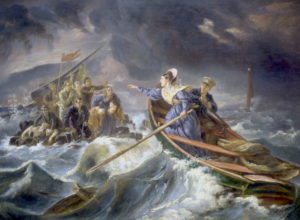
In two hours the rescue mission was complete, taking nine survivors to safety with reports that nine other individuals had made a separate journey to survive by commandeering a lifeboat just before the ship had sunk. They would be rescued further afield as they had drifted out to sea.
Meanwhile, with a few hours since the rescue effort had been launched, a lifeboat containing Grace’s brother William, set out from Seahouses to the rocks to look for any more survivors, however their mission proved futile. They would sadly only recover the bodies of Sarah Dawson’s children as well as a clergyman who had been aboard.
Eventually that boat too was forced to also take shelter at the lighthouse as the weather conditions were horrific for all concerned. The lighthouse became a place of refuge for everyone until the storm had passed.
When news reached the mainland of this horrific event and the heroic actions of Grace Darling and her father that day, unsurprisingly she became known as a heroine and won great admiration from far and wide.
The story would enter the local, national and even international press, earning her a cult status as a woman of immense bravery and integrity.
Whilst many would have basked in the glory of such adulation, Grace Darling was shy and retiring, unused to such attention.
Both she and her father were awarded the Silver Medal for Bravery by the RNLI and as a token of her gratitude, Queen Victoria donated £50.
Grace Darling had captured the hearts of a nation, inspiring artistic and literary depictions. Such was her high profile status that the Duke of Northumberland became her self-appointed guardian and offered his own personal contributions to the family.
Whilst she gained considerable celebrity for her involvement in saving the lives of the shipwreck, tragically, her own life was to be cut short when she passed away from tuberculosis only four years later at the age of twenty-six.
Her sudden and premature death sent shockwaves through the community and her funeral procession through the small village of Bamburgh contained hundreds of people who wanted to pay their respects.
Grace Darling’s memory continues to live on today, with a museum dedicated to her honour.
The shy, retiring, unassuming young woman became known for her courage, modesty and daring, qualities which continue to be celebrated today.
Jessica Brain is a freelance writer specialising in history. Based in Kent and a lover of all things historical.
Published: 16th September 2021
